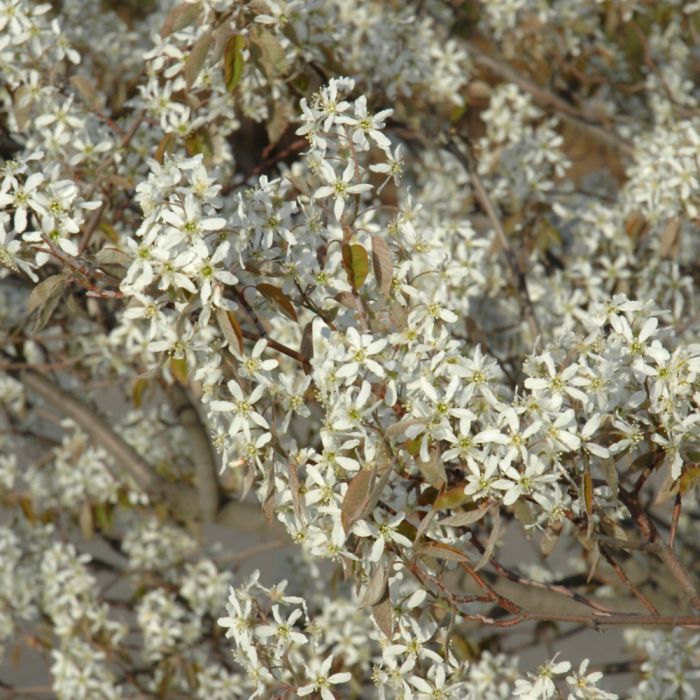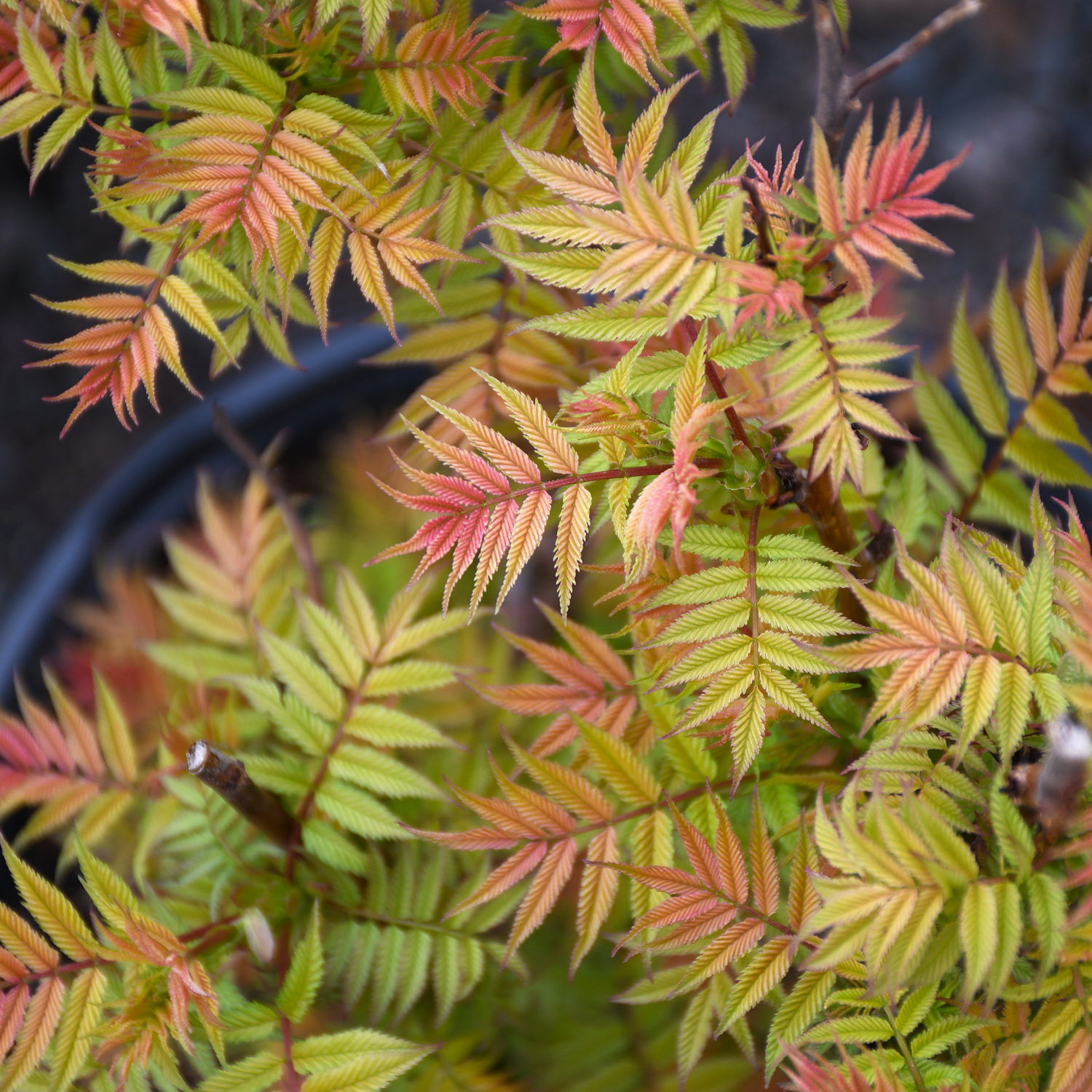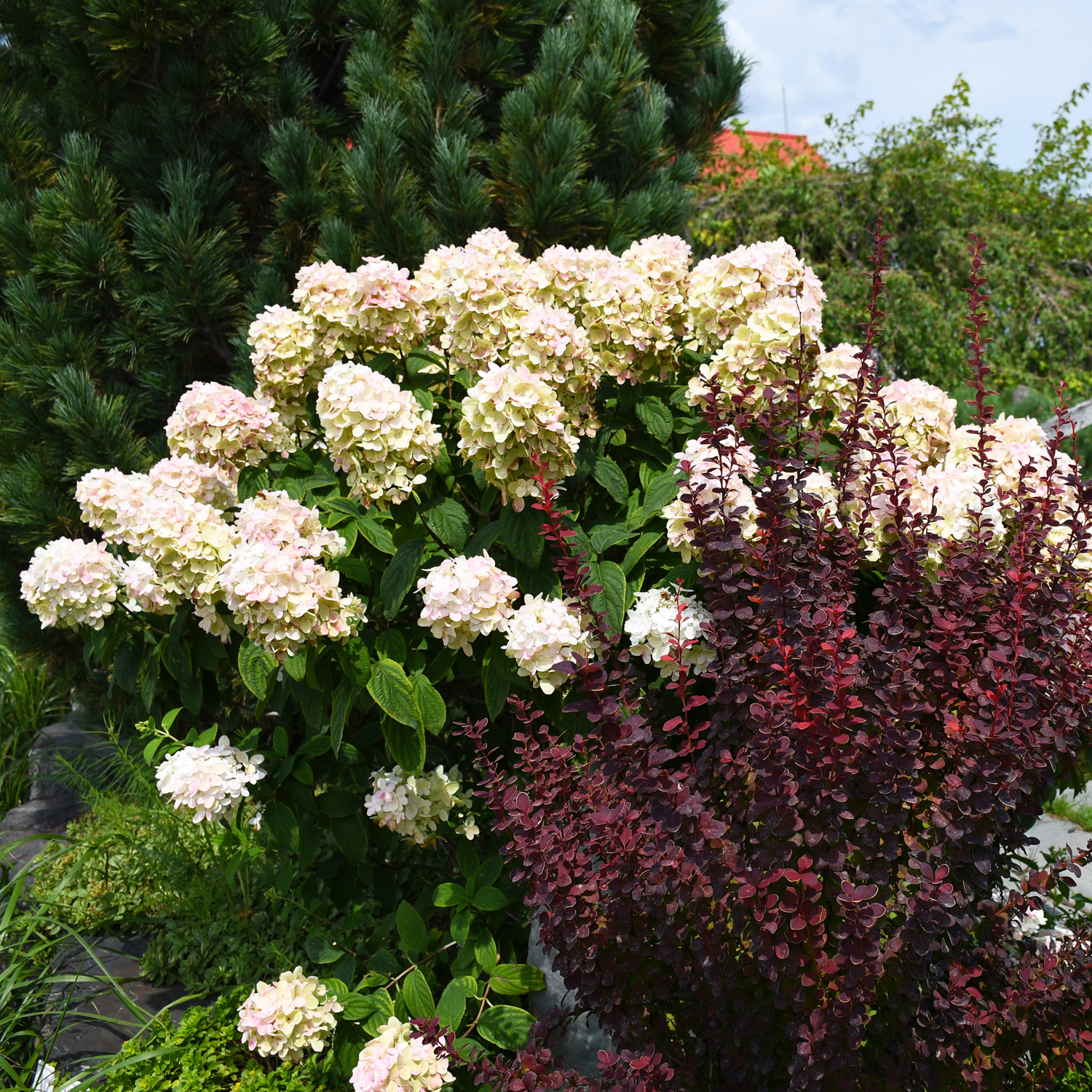Amelanchier, Shadblow Serviceberry



Out of stock
Coming soon, still growing- Sun Preference
- Full-Sun, Part-Sun
Description
Shadblow Serviceberry | Amelanchier canadensis
A naturally beautiful small tree, ideal for small home landscapes; masses of showy white flowers in spring, edible berries in June, and amazing fall color add up to a versatile landscape plantMinnesota's Largest Selection of Shrubs
Elevate your landscaping with Gertens' unmatched variety of shrubs! Selecting the right shrubs for your backyard can enhance its beauty and functionality. Consider factors like sunlight, soil type, and mature size when choosing shrubs. For sunny areas, flowering shrubs like roses or hydrangeas can add color and charm. In shady spots, opt for shrubs like azaleas or hostas. Evergreen shrubs provide year-round interest and privacy, while deciduous shrubs offer seasonal color changes. At Gertens, we offer a wide selection of shrubs to suit every backyard need.
Details
Shadblow Serviceberry is smothered in stunning clusters of white flowers rising above the foliage in early spring before the leaves. It has green deciduous foliage. The oval leaves turn an outstanding orange in the fall. It produces black berries in late spring.
This plant is primarily grown as an ornamental, but it's also valued for its edible qualities. The round tart berries are most often used in the following ways:
- Cooking
- Preserves
Shadblow Serviceberry is a multi-stemmed deciduous tree with an upright spreading habit of growth. Its average texture blends into the landscape, but can be balanced by one or two finer or coarser trees or shrubs for an effective composition.
This tree will require occasional maintenance and upkeep, and is best pruned in late winter once the threat of extreme cold has passed. It is a good choice for attracting birds to your yard, but is not particularly attractive to deer who tend to leave it alone in favor of tastier treats. Gardeners should be aware of the following characteristic(s) that may warrant special consideration;
- Suckering
Shadblow Serviceberry will grow to be about 25 feet tall at maturity, with a spread of 15 feet. It has a low canopy with a typical clearance of 4 feet from the ground, and is suitable for planting under power lines. It grows at a medium rate, and under ideal conditions can be expected to live for 40 years or more. While it is considered to be somewhat self-pollinating, it tends to set heavier quantities of fruit with a different variety of the same species growing nearby.
This tree does best in full sun to partial shade. It is quite adaptable, prefering to grow in average to wet conditions, and will even tolerate some standing water. It is not particular as to soil type or pH. It is somewhat tolerant of urban pollution. This species is native to parts of North America.
More Information
| Gerten Grown Plants | Gerten Grown Plants |
|---|---|
| Available for Pre-Order | No |
| Sun Preference | Full-Sun, Part-Sun |
| Mature Height (Range) | 15 - 25 feet |
| USDA Hardiness Zone | 4, 5, 6, 7, 8 |
| Common Family Name | Serviceberry |


